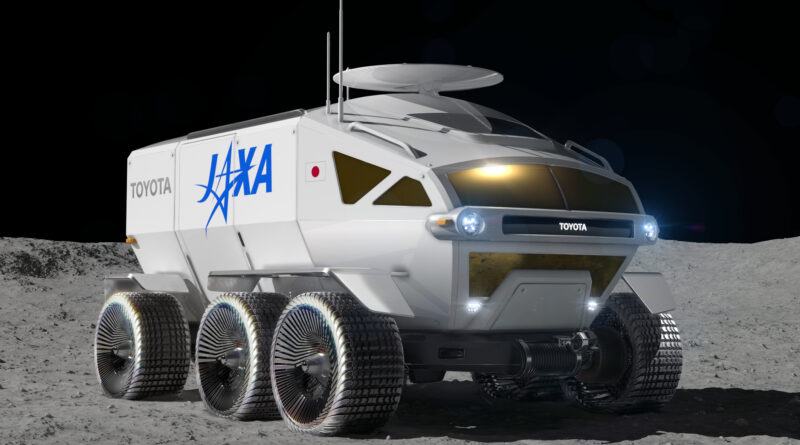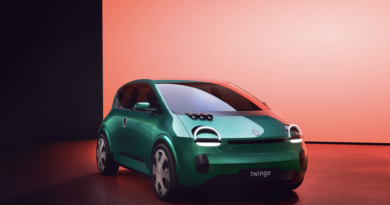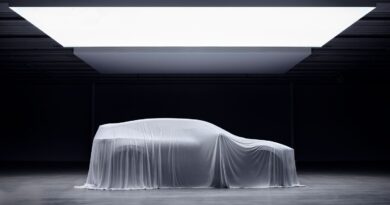Toyota electric SUV is out of this world
There’s been plenty of speculation about Toyota launching an electrified version of the go anywhere Land Cruiser SUV, but this is not what we expected.
Meet the Toyota Lunar Cruiser, a hydrogen fuel-cell six-wheel drive designed for the ultimate off-road adventure; The moon.
If all goes to plan two Lunar Cruiser’s will be part of a NASA-led 2029 expedition to the moon in which the Japan Aerospace Exploration Agency (JAXA) is also a partner.
Toyota and JAXA first revealed plans for a lunar rover in 2019, and Toyota’s now given it the Lunar Cruiser name.
Clearly, it’s the next step on from Land Cruiser, Toyota’s iconic 4×4 family that’s been around since the 1950s.
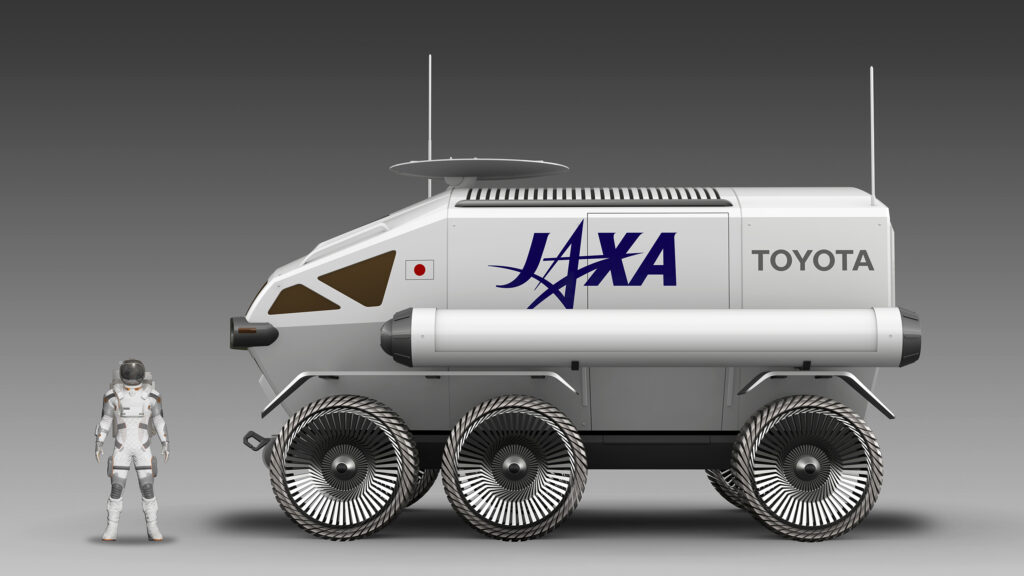
“The name … was decided upon based on the quality, durability, and reliability expected of the pressurized lunar rover, and the concept that Toyota has long held to for the Land Cruiser, which was for people to “come back alive,” especially true for the lunar rover as it will be traversing the harsh environment of the moon’s surface,” a Toyota press release noted.
The Lunar Cruiser’s mission will be to roam the moon’s polar regions in search of large deposits of water, in either liquid or solid form.
It is intended to leave the vehicles on the moon for five years. Each year they will search a different location for about six weeks.
The hope is enough water will eventually be found to produce hydrogen through electrolysis, rather than depending on supply drops.
Each Lunar Cruiser will be about six metres long, 3.8 metres high and weigh in at about 3.5 tonnes. They will feature six 40kW in-wheel electric motors, have a top speed up to 30km/h and a range of approximately 1000km. Solar panels will provide supplemental energy for onboard use.
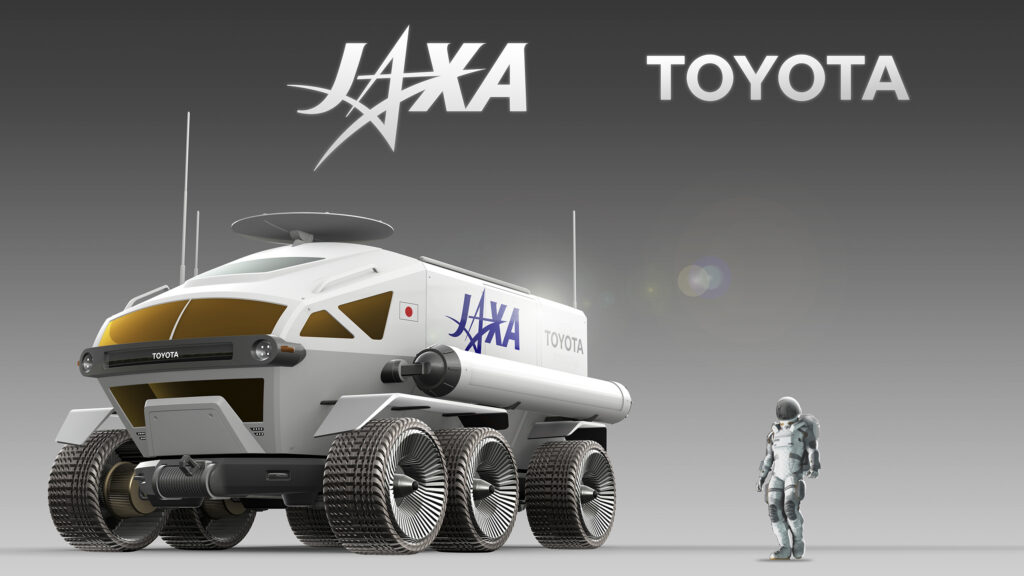
The Lunar Cruiser is designed to carry two astronauts in its pressurised cabin – which means they don’t have to wear their space suits – and four in an emergency. There’s even a sleeping space and a toilet.
Those astronauts won’t have to take turns at the wheel because the Lunar Cruiser will be equipped with an autonomous driving system that allows it to be driven remotely from mission control .
A fuel cell system and hydrogen and oxygen tanks will be mounted behind the cabin – remember there’s no oxygen on the moon so it has to be brought from earth as well as the hydrogen.
A final decision on whether the Lunar Cruiser will be part of the 2029 mission rather than other potential rover concepts is due by the end of 2020.
If it does get the green light the Lunar Cruiser is set to be the most costly Toyota ever built.
Toyota plans to have a full-size prototype to evaluate by 2022 and an engineering model manufactured in 2024. Test flights would begin in 2027.
Toyota has to deal with some new challenges to get the Lunar Cruiser operational, including extreme radiation and heat, fast-flying debris and the moon’s dusty, rocky and at times extremely steep surface. On the flipside, low gravity means it’s a lot easier to move 3.5 tonnes than on earth.

